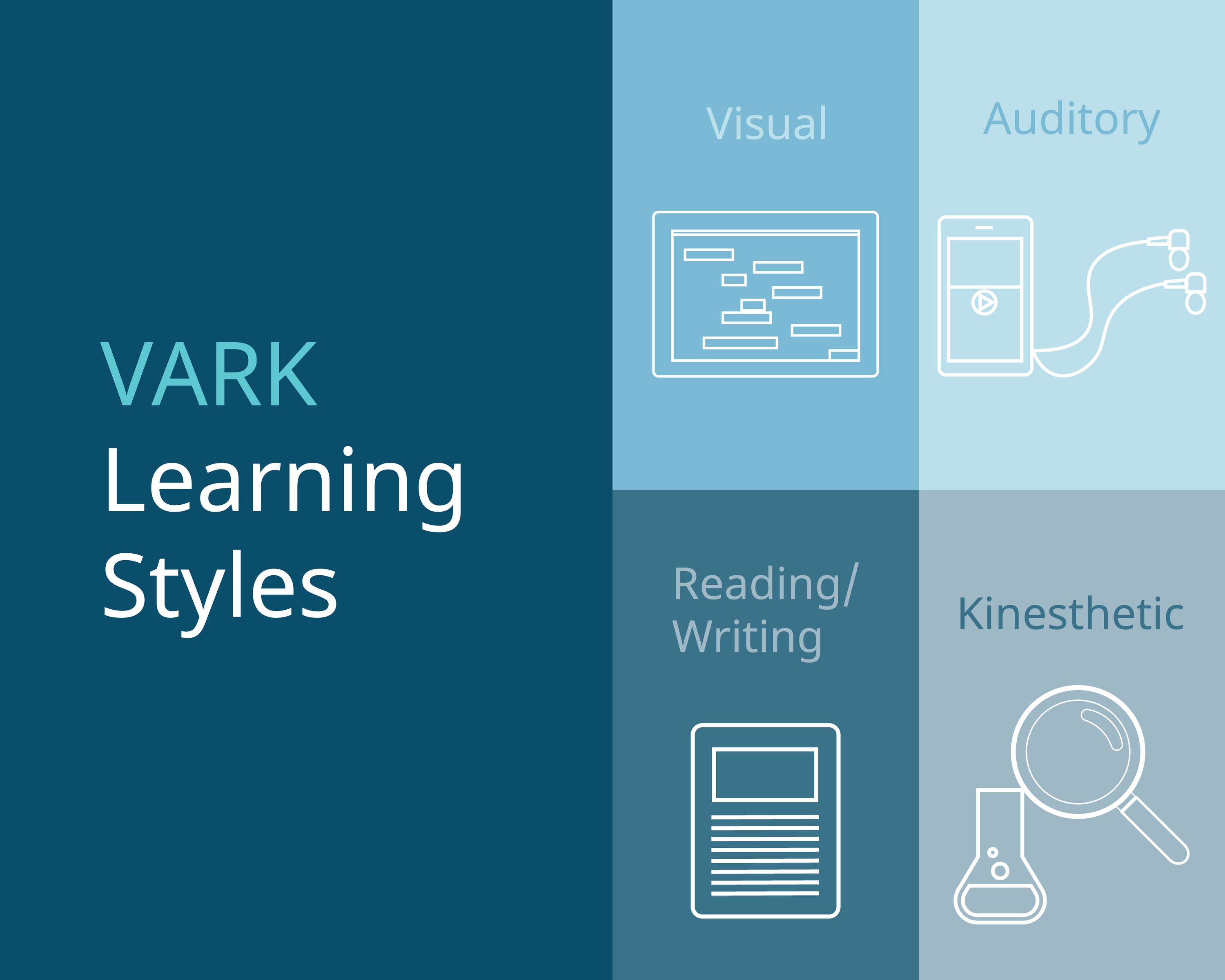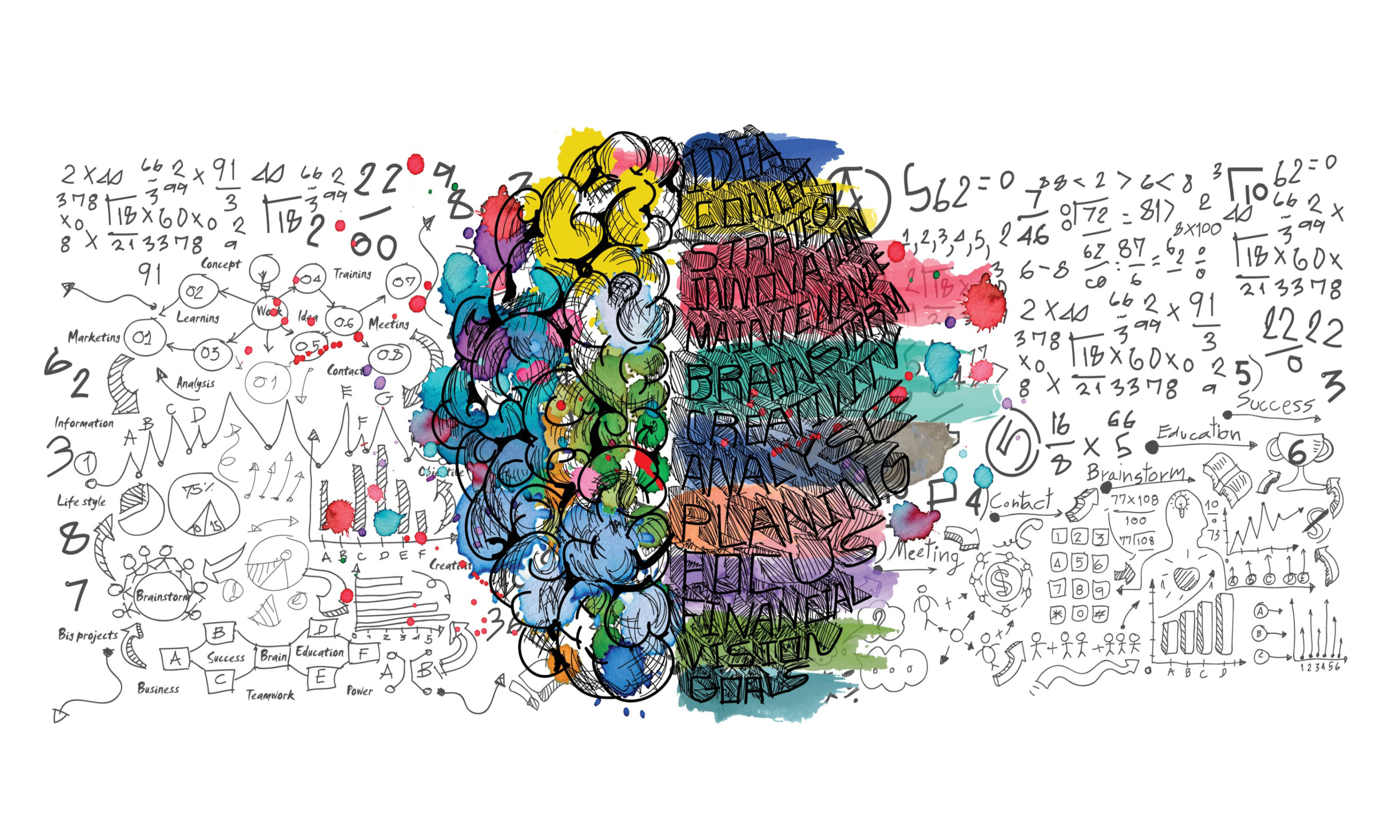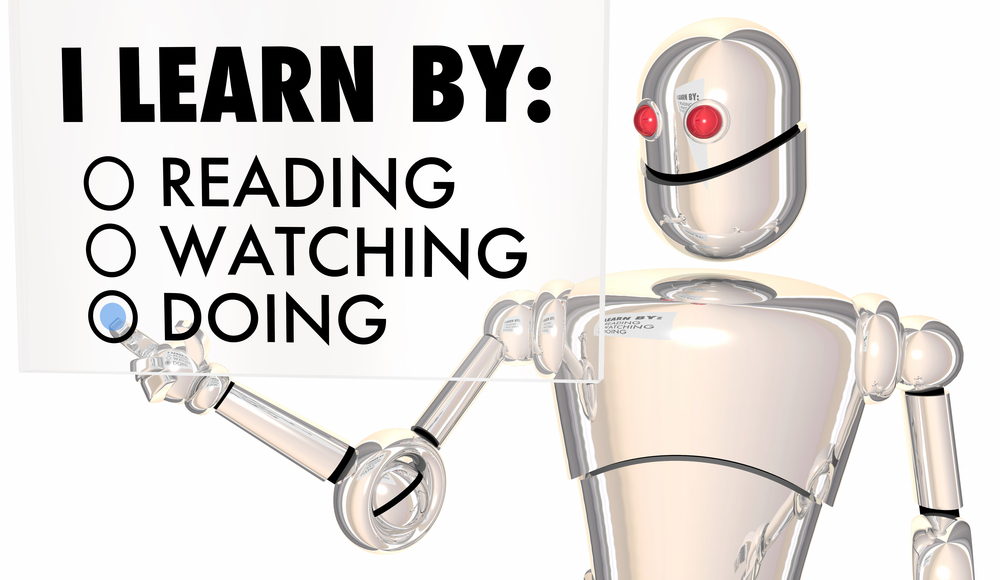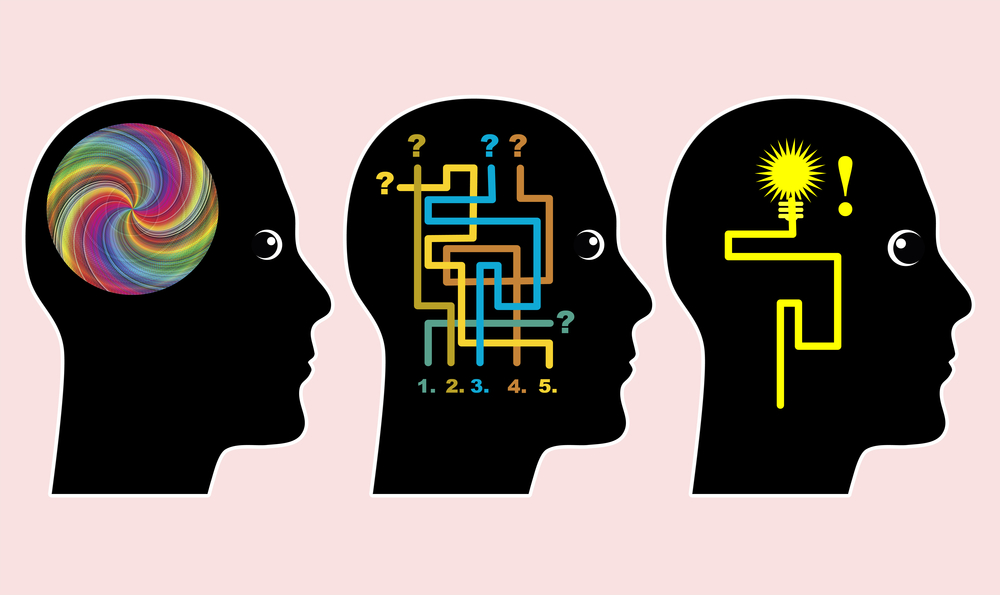By now you may have noticed that when it comes to studying, some things just don’t work. Maybe you’re the type of student who can sit still and read endless articles absorbing the information, but sitting still in a lecture for an hour? You can’t help zoning out. Or maybe you’re a hands-on person only capable of really grasping a concept when you do it yourself. In this article, we’ll go over the four main learning styles and what you can do to best maximize your learning.
One of the popular theories, to this day, is the VARK model. This model identifies four types of learners: visual, auditory, reading/writing, and kinesthetic. While everyone tends to fall somewhere between these four, it’s important to note, that most people have some sort of combination of 2-3 styles. Let’s take a closer look at the differences While everyone tends to fall somewhere between these four, it’s important to note, that most people have some sort of combination of 2-3 styles. Let’s take a closer look at the differences between these four learning styles, and how they can be best utilized and adapted to each individual student.

- Visual – Best retain information when it’s presented to them visually, such as in graphs, charts, symbols, etc.
- Auditory (Aural) – Are most receptive to information that is presented to them vocally
- Reading/Writing (R/W) – Learn best when information is presented in words, whether by writing it down or reading it.
- Kinesthetic (Tactile) – Prefer to physically act out events or use all of their senses while learning
Now that we’ve covered the four learning styles according to the VARK model, let’s take a closer look at each style and the best methods for learning.
Visual Learners
How to know if you’re a visual learner: Visual learners understand best when they see information. They like to be able to visualize concepts rather than hear them. Visual learners can remember 75% of what they see or read, so they take lots of notes. Sound familiar?
If so, you might be a visual learner.
What does this mean for you and your best method for studying? Try writing things down, or even drawing them out. Find yourself a quiet space where you can be left to your own inner voice and get it down on paper (or digitally).
Auditory (Aural) Learners
How to know if you’re an auditory learner: Auditory learners understand information best when they are given verbal instructions. They need to hear what they’re being taught. Only 30% of school students are auditory learners. They often memorize best by hearing and speaking out loud.
If this resonates with you, you might be an auditory learner.
What does this mean for you and your best method for studying? Try reading out loud or speaking out what you’re trying to learn. As an auditory learner, you need to be able to hear what you’re trying to learn, so either say it out loud yourself or make sure you can listen to someone else (or something, via recordings) say it out loud for you.

Reading/Writing Learners (R/W)
How to know if you’re a reading/writing learner: R/W learners learn primarily by reading and writing. They prefer to learn information by reading notes, handouts, and textbooks. R/W learners also veer towards notetaking themselves and rereading content.
Sound like you? You might be an R/W learner.
What does this mean for you and your best method for studying? Write, write, write! Note-taking and reading back over your notes is going to help you. You can also try writing lists and converting oral notes/information into written words.
Kinesthetic Learners
How to know if you’re a kinesthetic learner: Kinesthetic learners learn most effectively through touch, movement, and space. They also learn skills by imitation and practice. Kinesthetic learners are very ‘ hands-on’ with their learning, and often might pace around, use hand gestures, or even demonstrate while learning.
Ringing a bell? You might be a kinesthetic learner.
What does this mean for you and your best method for studying? Take an active role in studying/learning. Meaning, pace while reading notes, or teach a subject to someone else to help you learn/remember it. By taking a more active part in learning, or making it less conventional, such as eating while studying, or reading while lying on your back, kinesthetic learners are able to more fully absorb information.
What Now?
We gave you the four main learning styles, now it’s up to you to determine which style, or styles, suit you best. By discovering the way in which you learn you set yourself up for success and for more productive studying/learning sessions.

Regardless of your learning style, enlisting the services of a content creation platform, with LMS, like emaze can only help. By offering dozens of design, template, and custom effect choices visual learners won’t be lacking. The ability to take an active part in the creation of presentations or take quizzes will allow kinesthetic learners to flourish. Our audio and video capabilities mean that auditory learners can listen along to various information. And of course, the ability to create content, in and of itself, caters to reader/writer learners. Through emaze everyone, regardless of learning style, can find what they need and customize their learning experience to it.
For more information or to check out our education plans, please reach out to us HERE.


